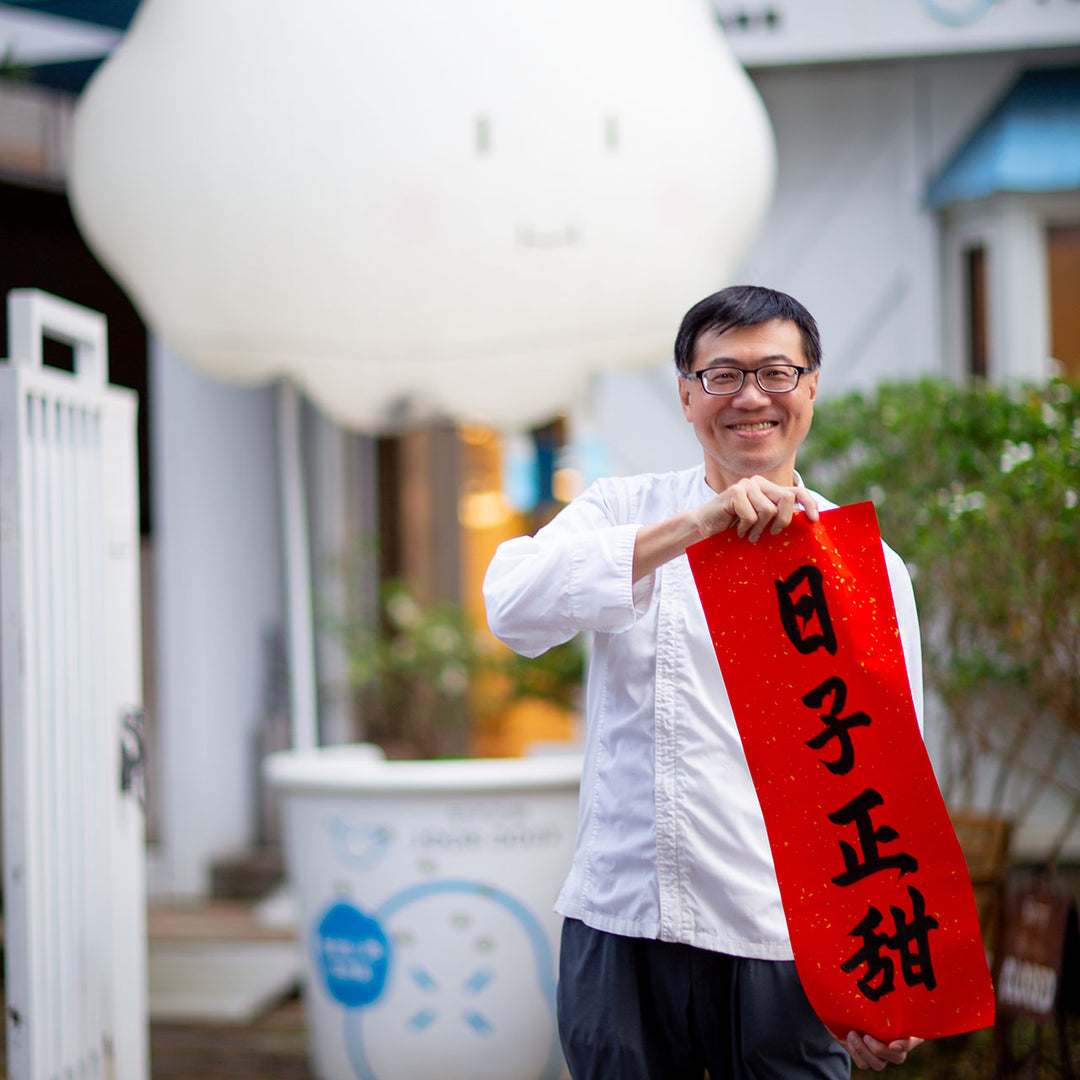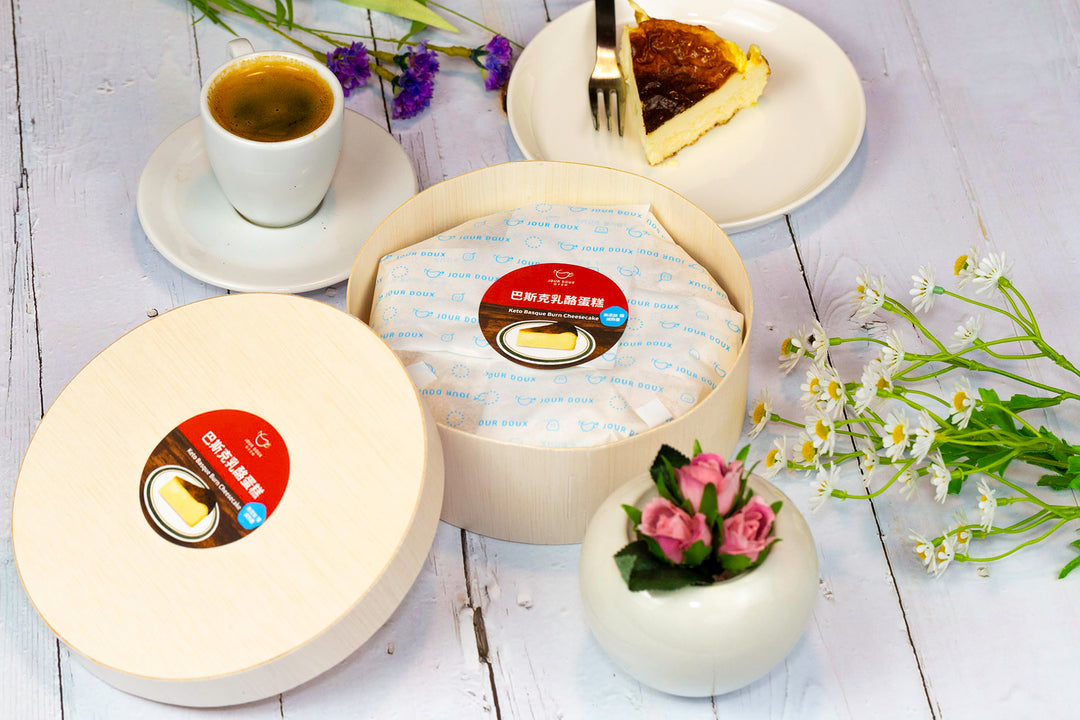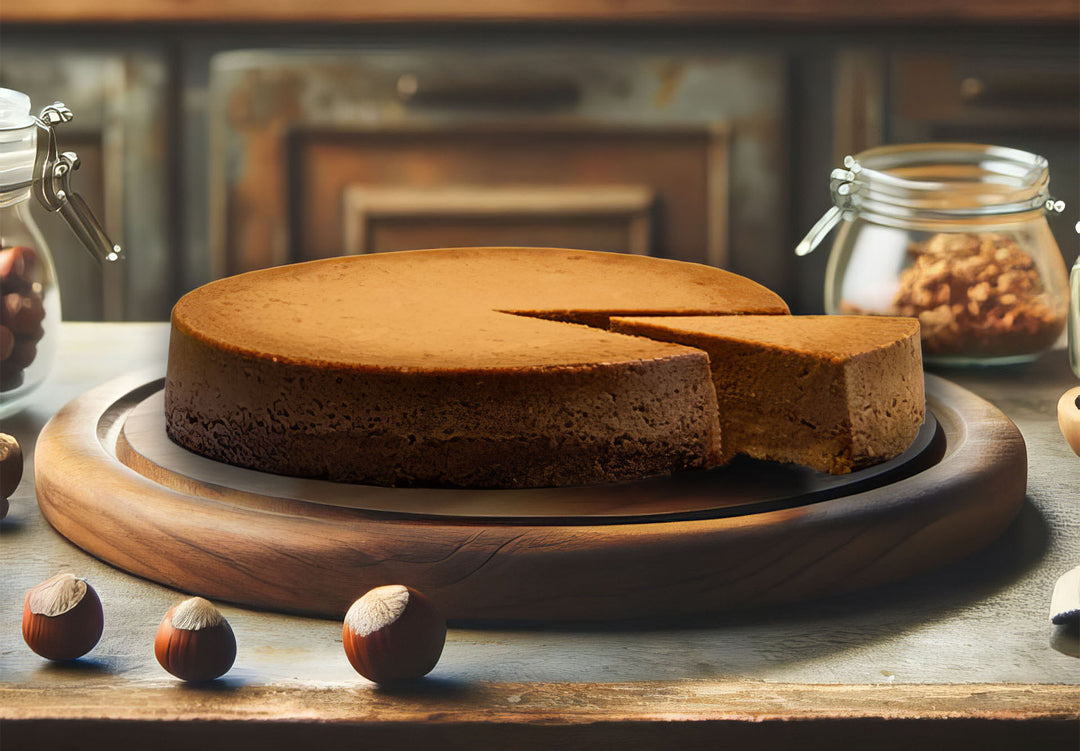Eat taro balls without asking for help
It was originally thought that taro balls were a major invention of Taiwanese desserts after vermicelli balls. Unexpectedly, this dessert has a history of 70 years. Taro balls are a hot item in every ice cream store, but it is rare to see any store whose taro balls are boiled in boiling water, and most of them are already cooked and poured out of plastic bags. But like vermicelli, taro balls made from cassava, sweet potato, or potato flour harden from the center when cooked for more than an hour. A few years ago, the food safety crisis of these balls mixed with plasticizers has been forgotten by everyone, and they no longer care why the taro balls in the ice shop outside are still the same Q bomb no matter how long they are stored, but if you care as much as I do Don't eat the taro balls outside if they are not freshly cooked. It is actually super simple to make by yourself. 
The main ingredients are only taro, tapioca flour and water:
Taro ( steamed in electric cooker for about 20 minutes ) 600 grams
300g cassava flour ( or potato flour )
Sugar or sugar substitute ( optional ) 60 grams
100° C hot water ( appropriate amount ) 60 grams

The taro is peeled and steamed until soft but not rotten. After weighing, half the weight of cassava flour is added. Cornstarch powder is generally used in the market, but sometimes the ingredients of cornstarch powder on the market are not clearly marked, and some are mixed with food additives or non-edible grade cassava flour imported from Southeast Asia. So I am used to using Taiwanese cassava flour from the upstream and downstream markets or potato flour imported from Europe, America, and Hokkaido. Taro balls made of cassava flour are slightly better than potato flour.
The reason for heating the water part of the water is to increase the gluten and viscosity of the flour, so that the taro balls can be easily formed without falling apart. Remember that the moisture content in the taro varies with the variety, season, refrigeration and steaming time, so when making it, first put the above two ingredients into the blender, pour a little hot water and start stirring. Slowly pour in the hot water and stir until the dough is formed into a ball with the stirrer until there is enough water. If you accidentally pour too much water, you can add tapioca flour, but the ratio and taste of the taro will become more and more diluted. 
Grab the condensed dough to the size of a fist, sprinkle some cassava flour on the silicone mat, knead the dough into a ball, twist it into a long strip with both hands, and cut it into small pieces with a cutter. The circle is complete! The method of sweet potato circle is the same, but the water content of sweet potato is higher. Sometimes there is no need to add additional water because the amount of water is too much to make the dough. At this time, you can use cassava flour and hot water to knead a gluteny small dough, or directly boil it with hot water, and then knead the small dough into the sweet potato ball, so that you can slowly Slowly build up the consistency of the entire dough. 
The finished taro balls are easy to stick to each other. If you don’t want to eat it right away, it’s best to store it in the freezer directly, and the flavor will remain the same. Enjoy!










